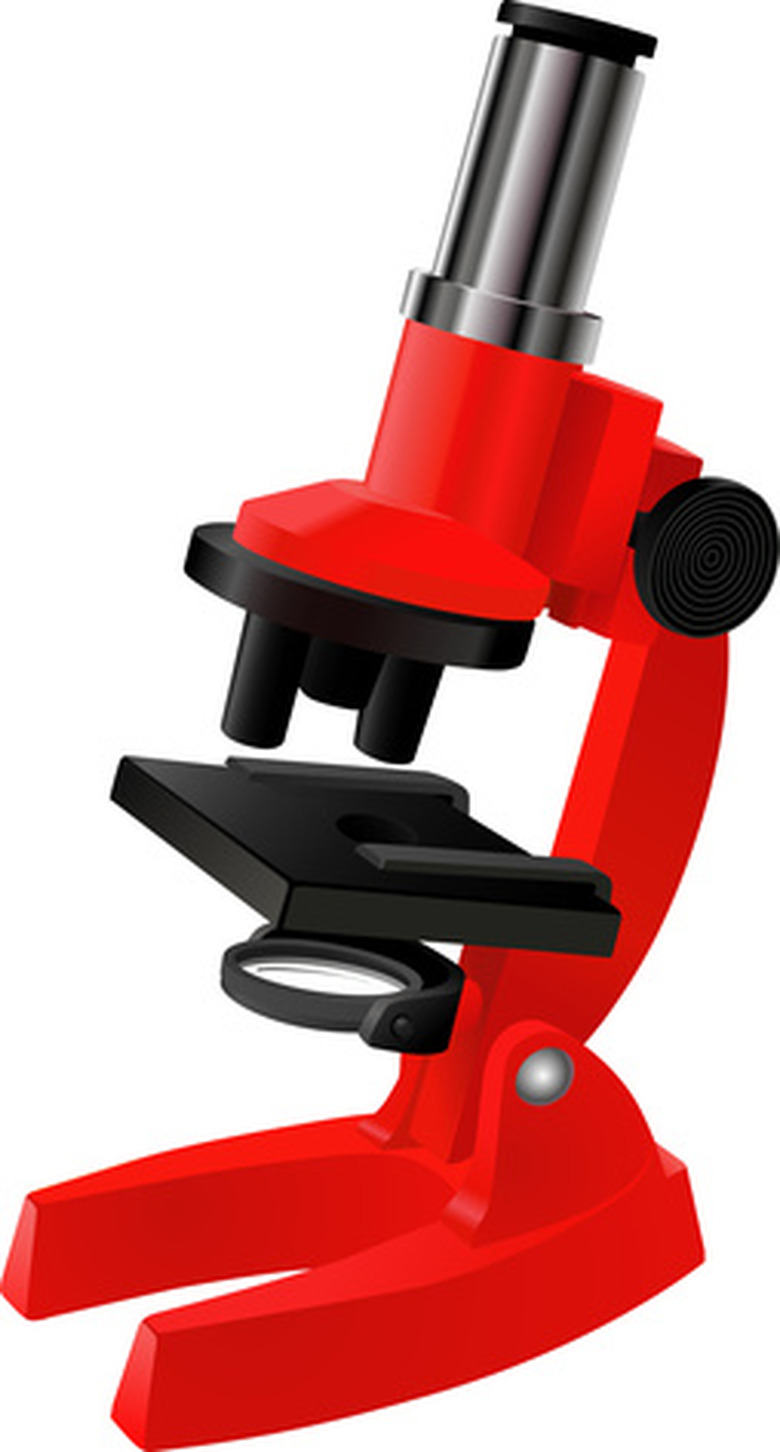Types Of Forensic Tests
The first North American forensics laboratory was founded in Montreal in 1914. According to librarians at Michigan State University it was a model for subsequent forensics labs, even the FBI forensics lab. Since the early days, the science of forensics has grown to a sophisticated discipline that helps the legal system protect victims and prosecute offenders. The field has a number of specialties, such as pathology, toxicology and psychology. All include dozens of tests to verify their examination of evidence.
Anthropological
Anthropological
Anthropological examinations help discover the nature of bone fragments. Tests of a person's bones can reveal his race, sex, age and stature. Forensic scientists take X-rays of the bones to compare them to X-rays of a missing person to verify identify. The nature of damage to bones, such as impact, bullet wounds and breakage can also be determined by anthropological exams.
Electronic Device
Electronic Device
Forensics test can tell much about the communications and movements of victims, witnesses and perpetrators by examining commercial electronic devices. Forensic scientists conduct examinations of computers, cell phones, hand-held computers and cameras. These tests may entail disassembling and monitoring of computer chips or tracing the digital trail on online communications.
Bullet Jacket Alloy
Bullet Jacket Alloy
When bullets fragment, or the bullet or gun cannot be found, scientists perform elemental analysis of bullet jackets to learn about the bullet and possibly the gun that fired it. They do this by testing for the alloys used to make the jacket. The tests can tell how many shooters were involved, and where the bullet was manufactured. They may indicate the angle of the shot.
Cryptanalysis
Cryptanalysis
Code breaking is an examination that analyzes encoded and enciphered documents to understand hidden information. Such documents are often used by criminal organizations and terrorists. Forensic scientists use cryptanalysis on written codes or those created digitally.
DNA
DNA
A well-known forensics test is DNA testing. The testing is done in labs and can connect body tissue, blood and other fluids with an individual. DNA tests can determine the source of bone and hair and nails. DNA testing compares samples taken from an individual or a close relative to samples from evidence, and are highly reliable.
References
Cite This Article
MLA
Calvert, Roz. "Types Of Forensic Tests" sciencing.com, https://www.sciencing.com/types-forensic-tests-7551951/. 24 April 2017.
APA
Calvert, Roz. (2017, April 24). Types Of Forensic Tests. sciencing.com. Retrieved from https://www.sciencing.com/types-forensic-tests-7551951/
Chicago
Calvert, Roz. Types Of Forensic Tests last modified August 30, 2022. https://www.sciencing.com/types-forensic-tests-7551951/
